Home>Ideas and Tips>The Enigma Of Eco-Friendly Insulation
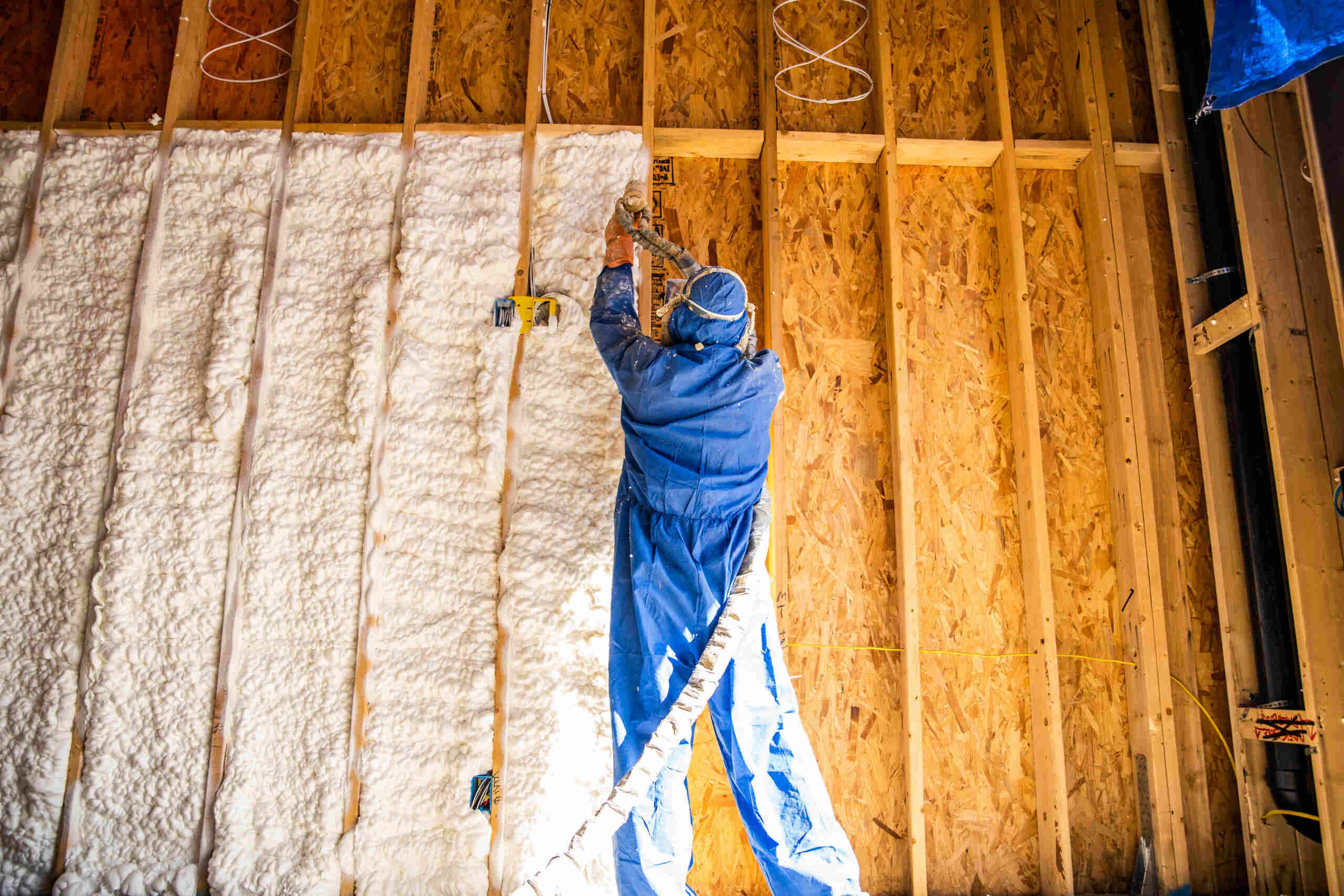

Ideas and Tips
The Enigma Of Eco-Friendly Insulation
Published: October 18, 2024
Discover the benefits of eco-friendly insulation, from recycled denim to hemp, and learn how to enhance home comfort while reducing your environmental footprint.
(Many of the links in this article redirect to a specific reviewed product. Your purchase of these products through affiliate links helps to generate commission for Storables.com, at no extra cost. Learn more)
In the quest for sustainable living, one of the most critical components of home improvement is insulation. Insulation not only enhances the comfort and energy efficiency of a home but also plays a significant role in reducing the environmental footprint. The term "eco-friendly insulation" encompasses a wide range of materials and techniques designed to minimize harm to the environment while providing optimal thermal performance. This article delves into the world of eco-friendly insulation, exploring its various types, benefits, and considerations for homeowners and builders.
The Importance of Insulation
Insulation is crucial for maintaining a comfortable indoor temperature, reducing the need for heating and cooling systems, and subsequently lowering energy consumption. It acts as a barrier between the interior and exterior of a building, preventing heat from escaping in winter and entering in summer. This function is vital for maintaining a comfortable indoor temperature, reducing the need for heating and cooling systems, and subsequently lowering energy consumption.
Traditional Insulation Drawbacks
Traditional insulation materials like fiberglass, foam, and mineral wool have been widely used for decades. However, they come with several drawbacks that make them less desirable in the context of sustainability:
- Environmental Impact: The production of traditional insulation materials often involves non-renewable resources and high energy consumption, leading to significant greenhouse gas emissions.
- Health Concerns: Some traditional insulation materials contain volatile organic compounds (VOCs) that can negatively impact indoor air quality.
- Durability and Lifespan: Over time, traditional insulation materials can degrade, losing their insulating properties and requiring costly repairs or replacements.
- Disposal Issues: These materials are not easily recyclable and often end up in landfills.
Eco-Friendly Insulation Options
Given the limitations of traditional insulation methods, there is a growing interest in eco-friendly alternatives. These materials are designed to be more sustainable, efficient, and environmentally friendly.
1. Recycled Denim Insulation
One of the innovative eco-friendly insulation options is recycled denim insulation. This material is made from recycled denim jeans that have been shredded and processed into batts or loose-fill insulation. Recycled denim insulation offers several benefits:
- High R-Value: It provides excellent thermal resistance.
- Sustainable Source: Using recycled denim reduces waste and conserves resources.
- Fire Resistance: It is fire-resistant, making it a safe choice for homes.
2. Hemp Insulation
Hemp insulation is another sustainable option gaining popularity. Hemp is a highly renewable resource that can be grown in a variety of climates. Hemp insulation offers:
- High R-Value: Hemp batts can achieve high R-values, making them effective at reducing heat transfer.
- Breathability: Hemp allows for natural moisture regulation, reducing the risk of mold and mildew.
- Durability: Hemp insulation is durable and long-lasting.
3. Cellulose Insulation
Cellulose insulation is made from recycled paper products or agricultural waste. It is often blown into attics or walls using specialized equipment. Cellulose insulation benefits include:
- High R-Value: It provides excellent thermal resistance.
- Fire Resistance: Cellulose is fire-resistant and can be treated with fire retardants.
- Eco-Friendly Source: Using recycled paper products reduces waste and conserves resources.
4. Wool Insulation
Wool insulation is a natural, breathable option made from sheep’s wool or other animal fibers. It offers:
- High R-Value: Wool batts can achieve high R-values, making them effective at reducing heat transfer.
- Breathability: Wool allows for natural moisture regulation, reducing the risk of mold and mildew.
- Durability: Wool insulation is durable and long-lasting.
5. Natural Fiber Insulation
Natural fiber insulations like hemp, flax, and bamboo are becoming increasingly popular due to their sustainability and thermal performance:
- High R-Value: These materials provide excellent thermal resistance.
- Breathability: They allow for natural moisture regulation, reducing the risk of mold and mildew.
- Local Sourcing: Many natural fibers can be sourced locally, reducing transportation emissions.
6. Aerogel Insulation
Aerogel insulation is a high-performance material made from silica or other materials. It offers:
- High R-Value: Aerogel has one of the highest R-values among insulation materials.
- Low Thermal Conductivity: It has very low thermal conductivity, making it highly effective at reducing heat transfer.
- Lightweight: Aerogel is very lightweight, making it easy to install.
7. Cork Insulation
Cork insulation is another natural option that provides excellent thermal performance:
- High R-Value: Cork batts can achieve high R-values, making them effective at reducing heat transfer.
- Breathability: Cork allows for natural moisture regulation, reducing the risk of mold and mildew.
- Durability: Cork insulation is durable and long-lasting.
Air-Sealing vs Draft-Proofing
While insulation is crucial for thermal performance, air-sealing and draft-proofing are equally important for maintaining a comfortable indoor environment and reducing energy consumption. Air-sealing involves sealing gaps and cracks in the building envelope to prevent air leaks, while draft-proofing involves sealing gaps around windows and doors to prevent cold air from entering or warm air from escaping.
Why Air-Sealing is Crucial
Air-sealing is often more cost-effective than adding insulation because it prevents heated or cooled air from escaping through gaps in the building envelope. This process can significantly reduce energy consumption by ensuring that conditioned air stays inside the home. Common areas where air leaks occur include:
- Windows and Doors: Gaps around windows and doors can let cold air in during winter and hot air out during summer.
- Electrical Outlets: Outlets and switches often have gaps that allow air to pass through.
- Baseboards: Gaps between baseboards and walls can let air escape.
Techniques for Air-Sealing
Several techniques can be used to air-seal a home effectively:
- Spray Foam: Spray foam is an excellent material for sealing gaps and cracks because it expands to fill spaces and hardens into a solid barrier.
- Caulk: Caulk is another effective material for sealing gaps around windows, doors, and other openings.
- Weatherstripping: Weatherstripping is used to seal gaps around moving parts like doors and windows.
- Mastic Sealants: Mastic sealants are used to seal larger gaps and can be applied to various surfaces.
Eco-Friendly Foam Insulation
While traditional foam insulation has environmental concerns due to its production process involving harmful blowing agents, there are eco-friendly alternatives being developed:
Nontoxic Thermoplastic Foam
Scientists at Oak Ridge National Laboratory have developed a nontoxic thermoplastic foam made using hollow glass spheres and expandable polymer microspheres. This material maintains thermal performance across a range of densities without using harmful blowing agents.
Benefits of Eco-Friendly Foam
Eco-friendly foam insulation offers several benefits:
- Energy Efficiency: It prevents energy loss by maintaining a consistent indoor temperature.
- Reduced Environmental Impact: The absence of harmful blowing agents reduces greenhouse gas emissions associated with traditional foam production.
- Improved Indoor Air Quality: Nontoxic materials contribute to healthier indoor environments by minimizing VOC emissions.
Read more: The Enigma Of Effortless Organization
Factors to Consider When Selecting Eco-Friendly Insulation
When choosing eco-friendly insulation for your home, several factors should be considered:
R-Value
The R-value is a measure of thermal resistance, with higher values indicating better insulation performance. When selecting eco-friendly insulation options, consider their R-values to ensure they meet your thermal needs.
Material Composition
Opt for insulation materials that incorporate recycled or sustainable components while maintaining excellent thermal performance. This helps reduce waste and conserve resources.
Manufacturing Process
Research the environmental impact of the manufacturing process of the insulation materials you're considering. Opt for materials produced with lower energy consumption and emissions.
Disposal and Recyclability
Consider the end-of-life disposal and recycling options for your chosen insulation material. Eco-friendly insulation should be easy to recycle or safely dispose of, minimizing its long-term environmental impact.
Conclusion
Eco-friendly insulation is not just a trend; it's a necessity for sustainable living. By choosing materials that are sustainable, efficient, and environmentally friendly, homeowners can significantly reduce their carbon footprint while enhancing indoor comfort and energy efficiency. Whether it's recycled denim batts, hemp insulation, or nontoxic thermoplastic foam, there are numerous options available that cater to different needs and preferences.
In conclusion, understanding the enigma of eco-friendly insulation requires a holistic approach that considers not only the material composition but also the manufacturing process and end-of-life disposal. By embracing sustainable insulation practices, we can create greener homes that not only reduce our environmental impact but also provide healthier living spaces for generations to come.
Additional Resources
For those interested in exploring eco-friendly insulation options further, here are some additional resources:
- Koala Insulation Birmingham: Offers a wide range of eco-friendly insulation services including spray foam, blown-in, and batt insulation options.
- BillionBricks: Provides insights into sustainable insulation materials and techniques for achieving energy-efficient buildings.
- Development of Eco-Friendly Wall Insulation Layer: A study utilizing cardboard waste as raw material for insulation layers, highlighting its thermal and acoustic insulation efficiency.
By making informed decisions about insulation materials and practices, we can contribute to a more sustainable future while enjoying the benefits of enhanced home comfort and energy efficiency.
Was this page helpful?
At Storables.com, we guarantee accurate and reliable information. Our content, validated by Expert Board Contributors, is crafted following stringent Editorial Policies. We're committed to providing you with well-researched, expert-backed insights for all your informational needs.
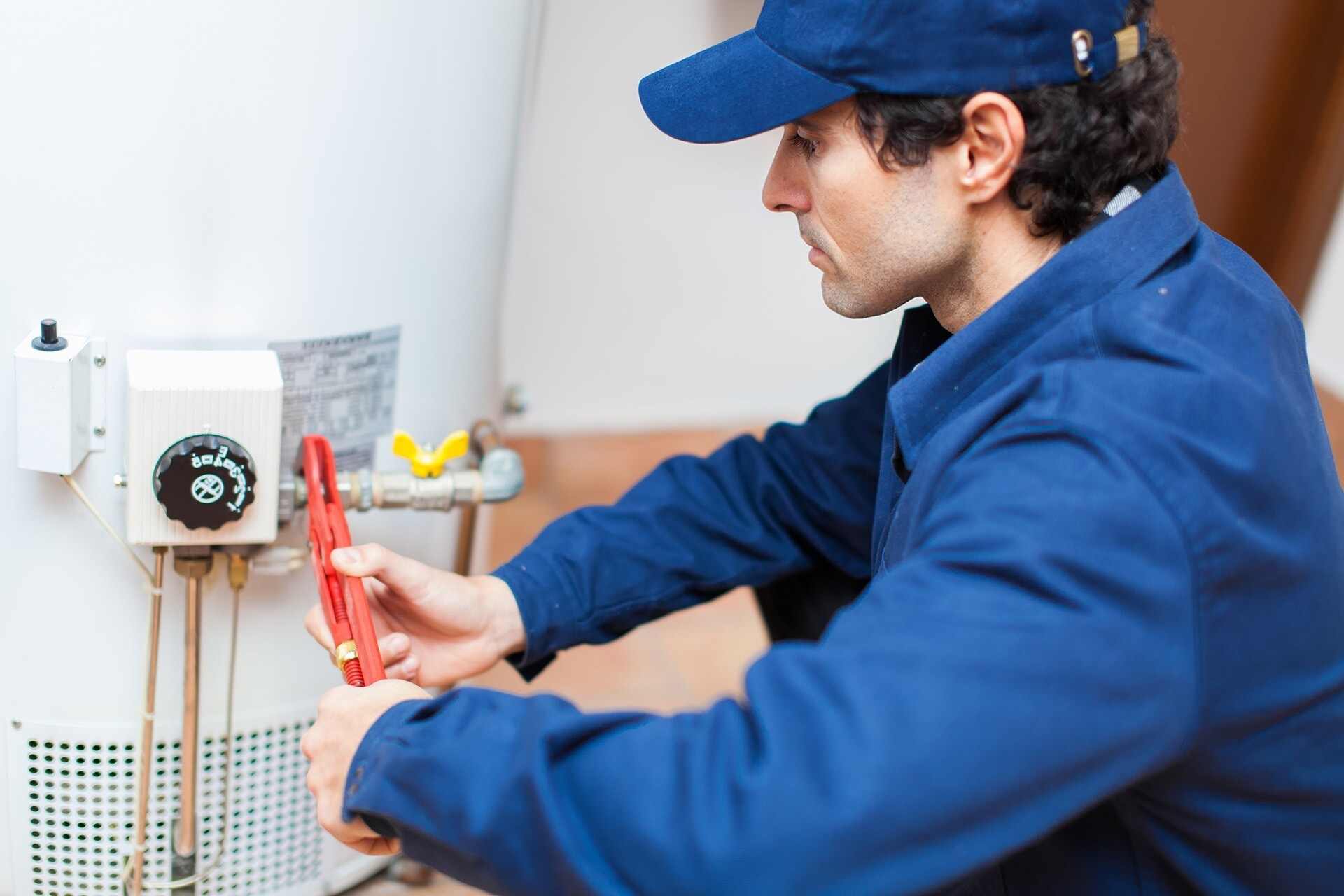
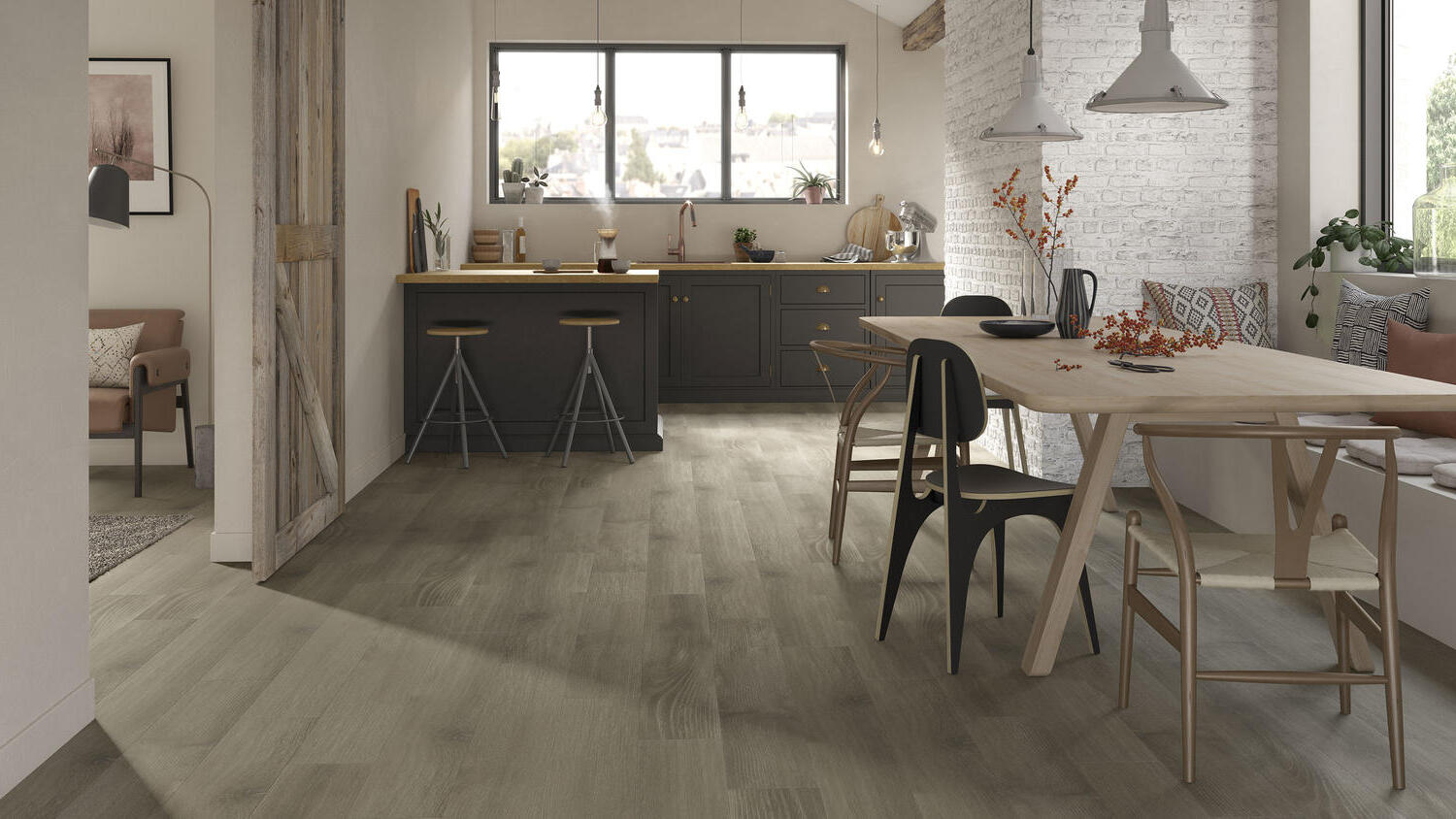


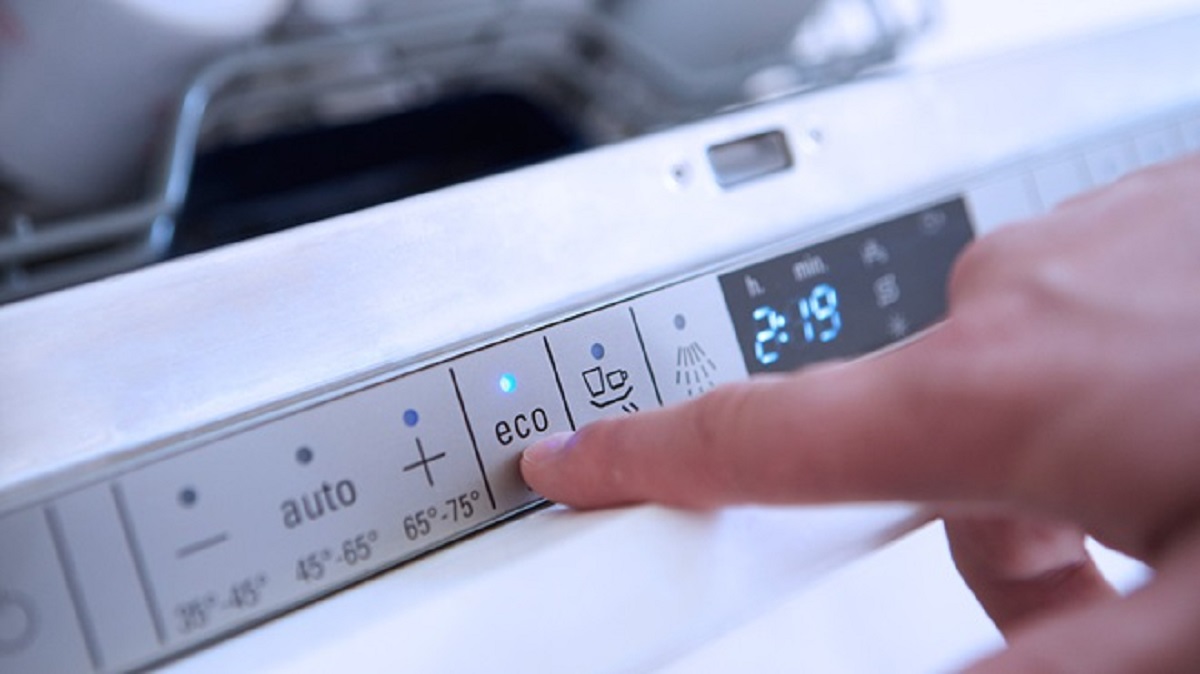





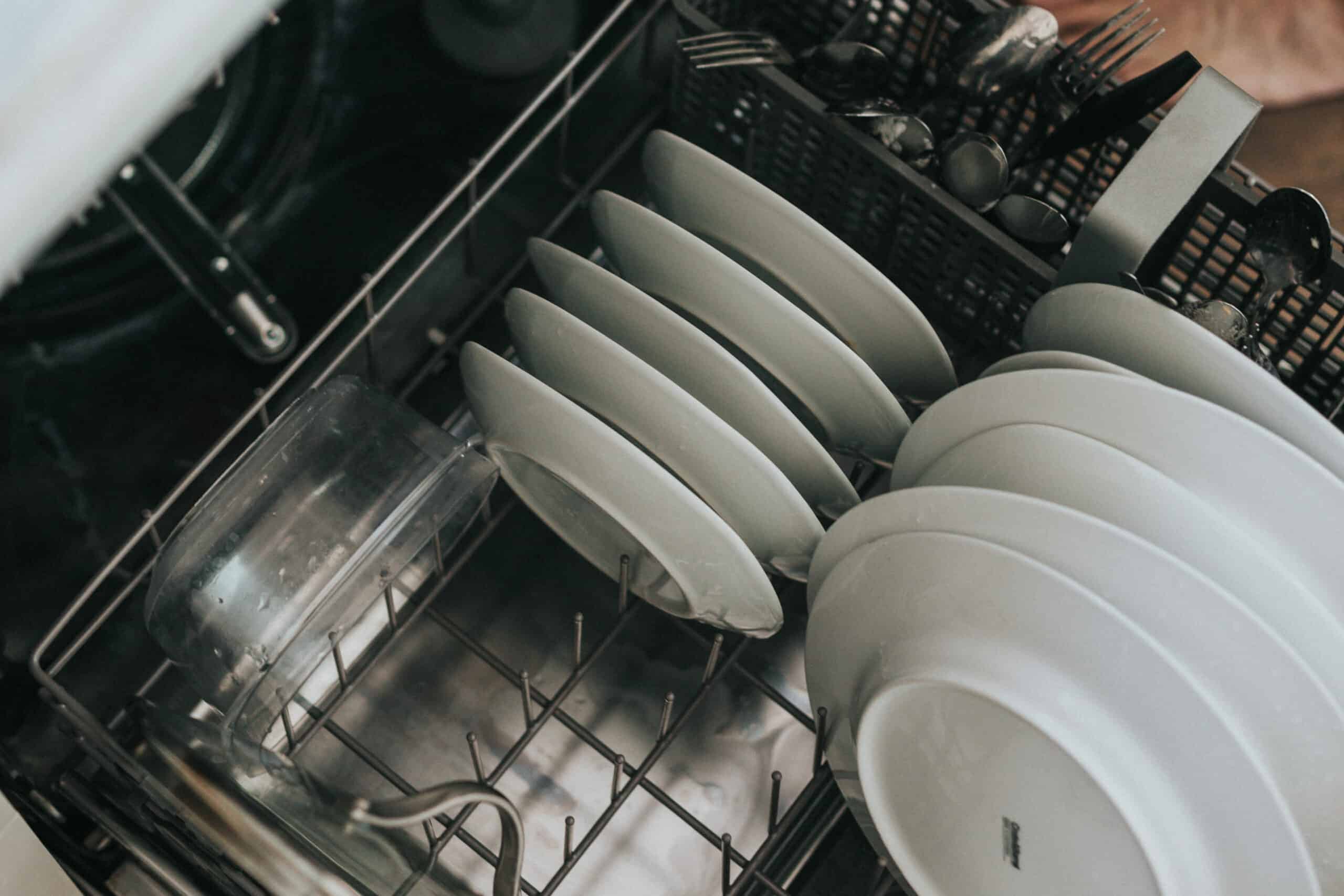
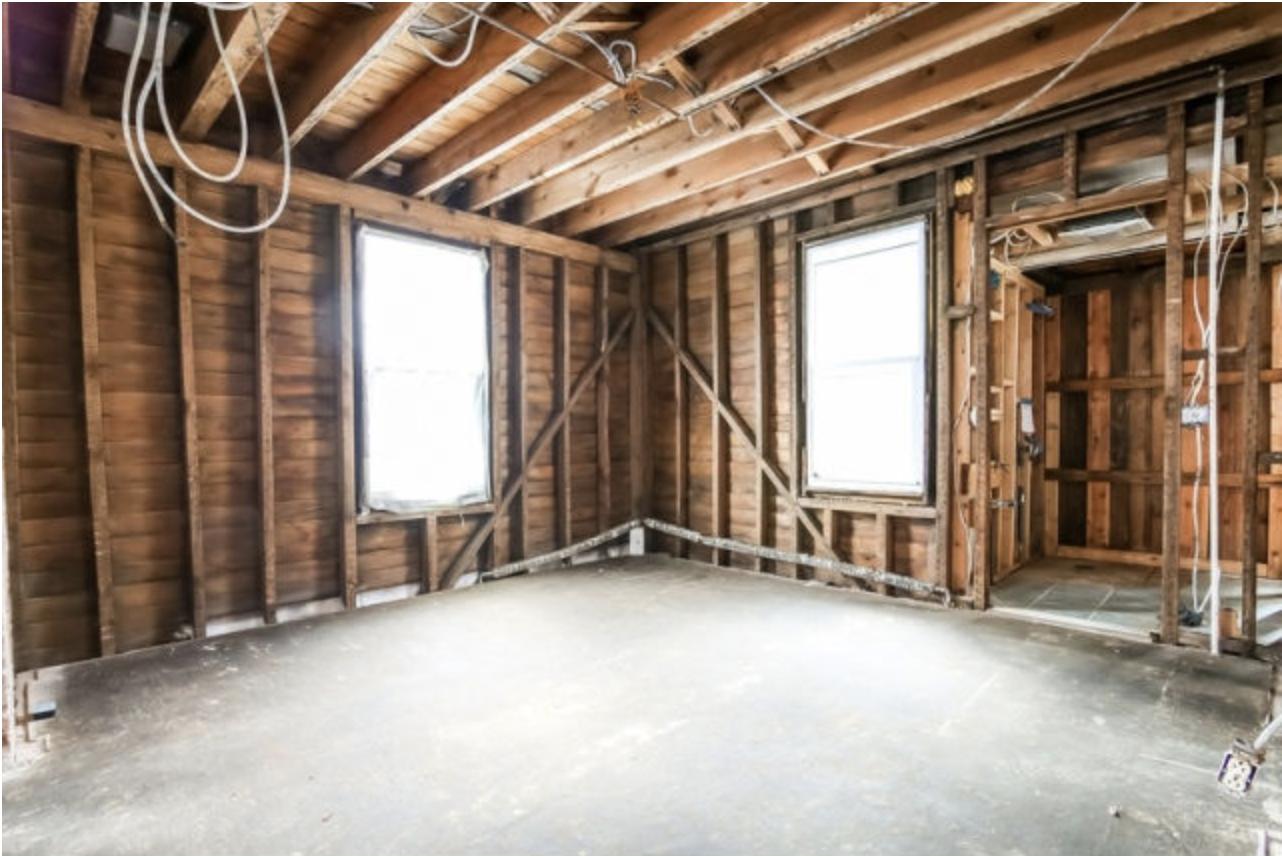
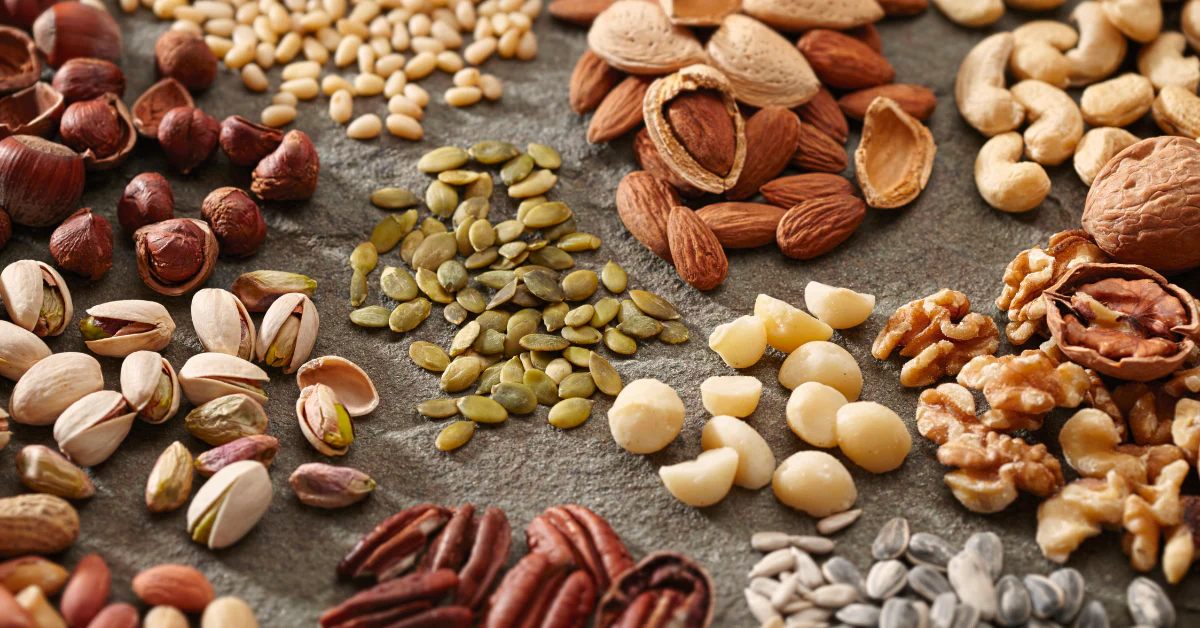


0 thoughts on “The Enigma Of Eco-Friendly Insulation”